The National Assembly's resolution to make Hue city a centrally-governed city is of great significance, recognizing and marking outstanding achievements in implementing the policy of promoting urbanization associated with urban economic development.
On the morning of November 30, the National Assembly voted to pass the Resolution to establish Hue City under the Central Government with 95.62% of delegates in favor.
Accordingly, the National Assembly resolved to establish Hue city as a centrally-governed city on the basis of the entire natural area of 4,947.11 km2 and population of 1,236,393 people of Thua Thien Hue province.
Hue City borders Da Nang City, Quang Nam Province, Quang Tri Province; borders Laos and the East Sea.
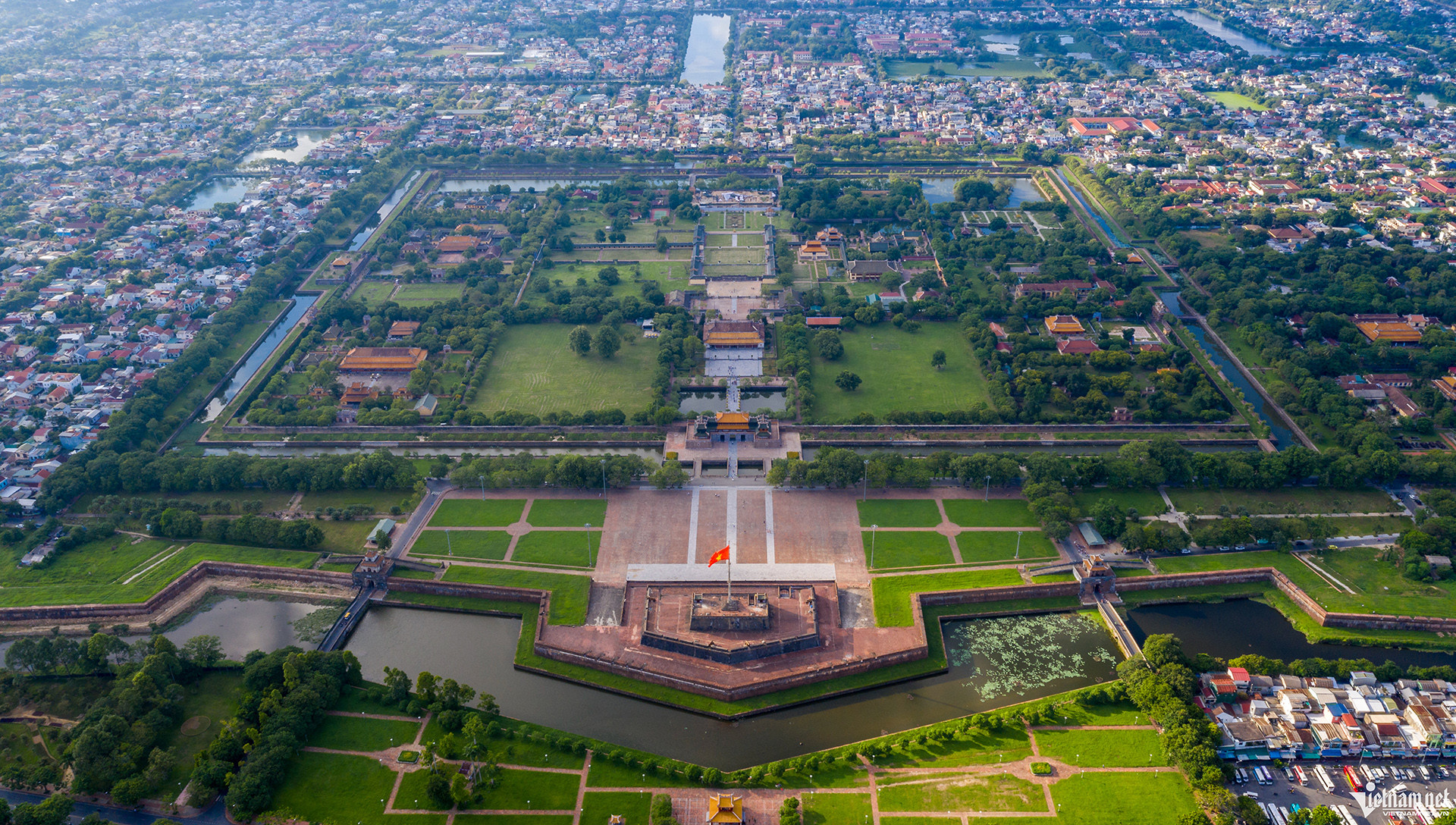
The National Assembly assigned the National Assembly Standing Committee to decide on the arrangement and establishment of district- and commune-level administrative units in Hue city to ensure that they take effect at the same time as this resolution.
Agencies, organizations and units with names associated with the place name of Thua Thien Hue province shall be renamed to operate under the name of Hue city from the effective date of this resolution.
According to the National Assembly's resolution, in addition to the regimes and policies for centrally-run cities, the specific mechanisms, regimes and policies for Thua Thien Hue province will continue to be implemented in Hue city until the end of the application period or until there is a decision by the competent authority.
The Government, People's Council and People's Committee of Hue city are assigned to arrange and perfect the apparatus of local agencies and organizations; stabilize the lives of local people, ensure the requirements of socio-economic development, national defense and security in the area.
Reporting on the explanation and acceptance of the draft resolution before the National Assembly voted, Chairman of the Law Committee Hoang Thanh Tung said that all delegates highly agreed with the policy of establishing Hue city under the Central Government.
The National Assembly Standing Committee also believes that submitting to the National Assembly for consideration and decision to establish Hue City directly under the Central Government is of utmost importance, recognizing and marking outstanding achievements in implementing the policy of promoting urbanization associated with urban economic development of the whole country.
Besides, there are concerns about the ratio of urban administrative units under Hue city and the average income per capita/month compared to the national average is still low.
The National Assembly Standing Committee believes that Hue City was established with the core mission of preserving and promoting the unique values of the ancient capital and the tangible cultural heritage recognized by UNESCO, so in principle it will not emphasize the requirement on urbanization rate, but will focus more on ensuring quality and sustainability in urban development.
According to Mr. Tung, the establishment of Hue city will be the driving force to implement approved urban development plans and programs, with specific investment and development directions and plans to enhance urban quality, develop the urban economy quickly, strongly and sustainably, thereby gradually increasing per capita income and other development indicators in Hue city.
Thus, Vietnam will have 6 centrally-governed cities, including: Hanoi, Da Nang, Hai Phong, Ho Chi Minh City, Can Tho and Hue city.
This Resolution comes into force from January 1, 2025.
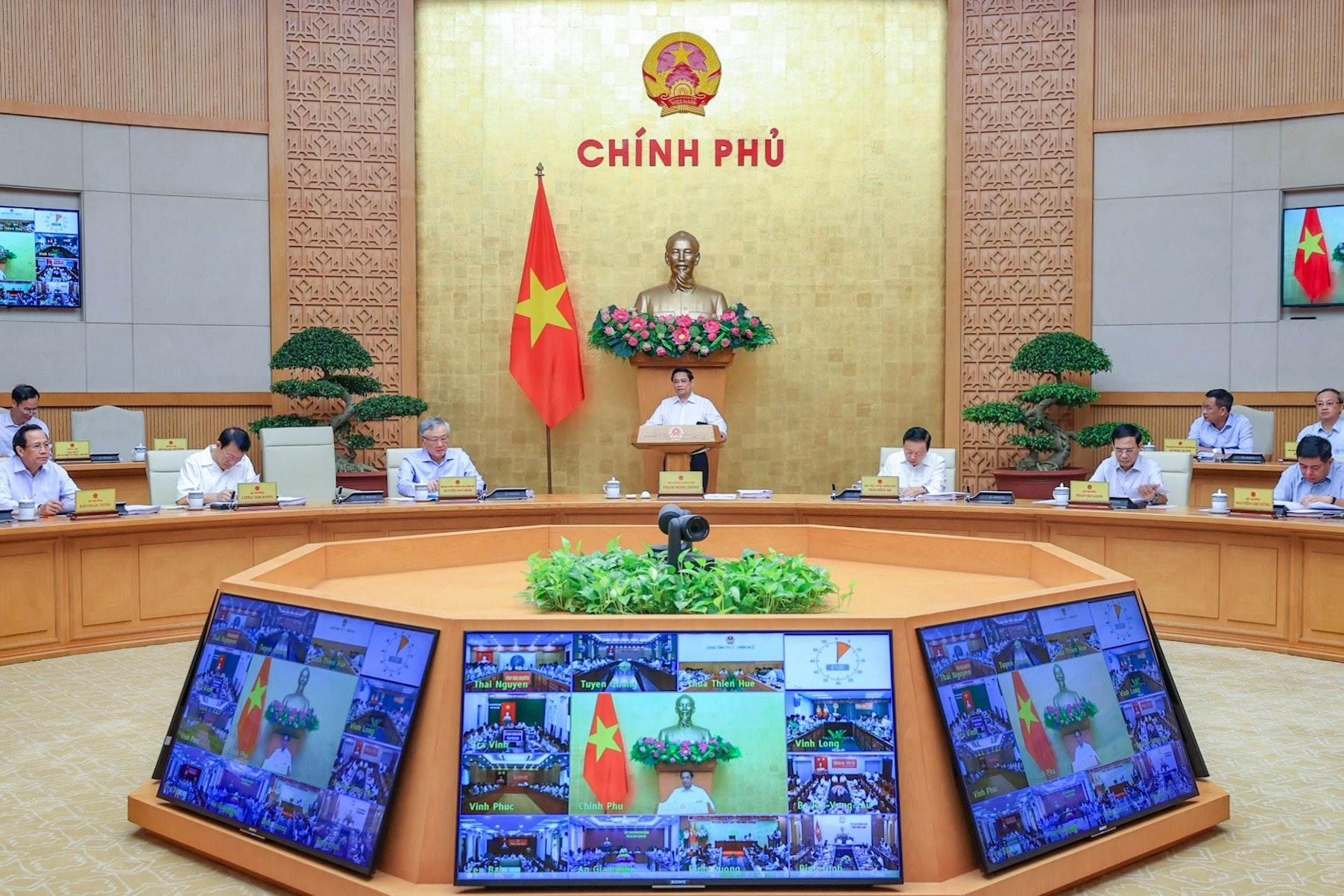
The times of arrangement and merger of ministries and branches through the periods
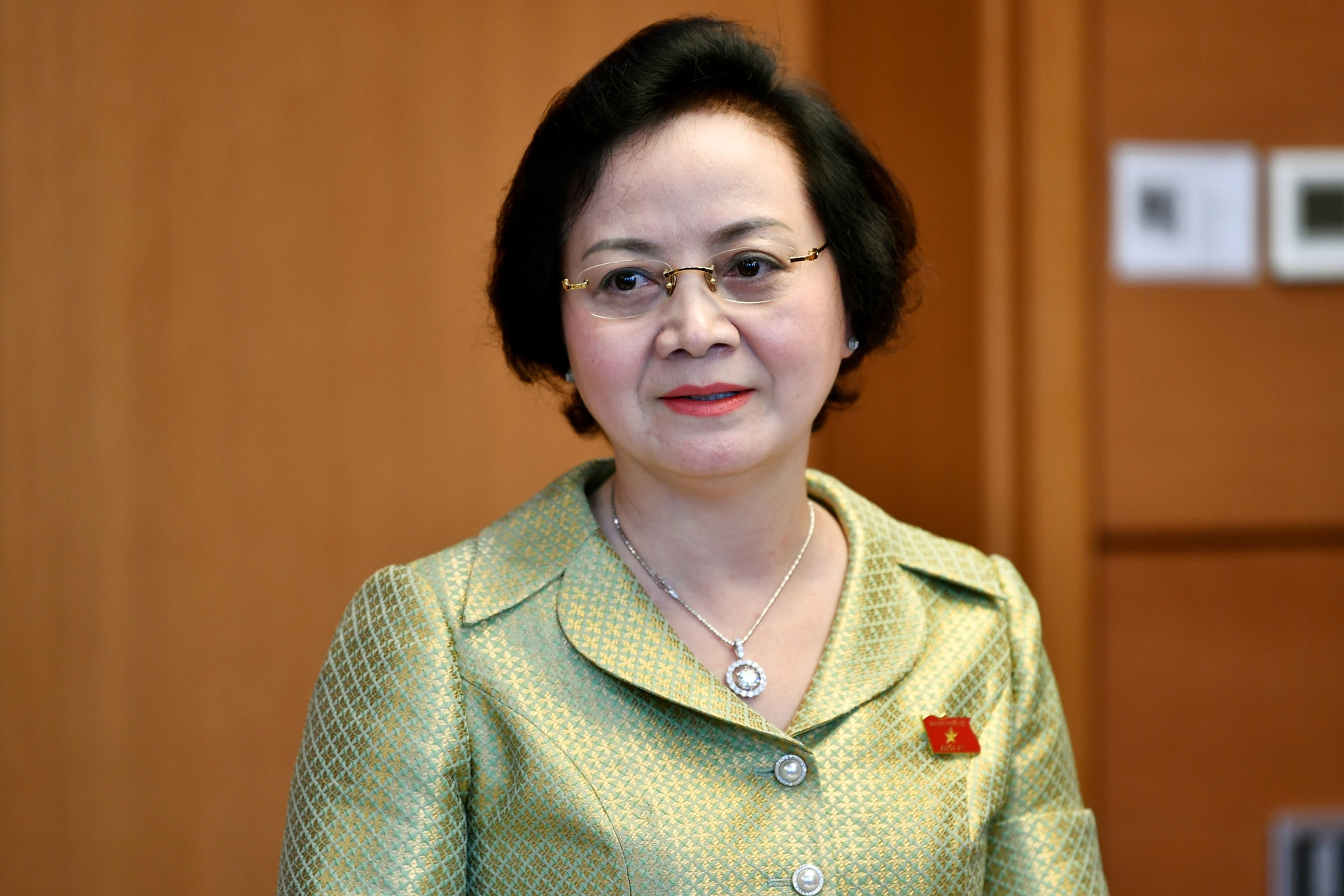
Minister of Home Affairs affirms that there is no policy to merge provinces and cities.

Ho Chi Minh City, Hanoi and 10 provinces reorganize administrative units, merge 367 districts and communes
Source: https://vietnamnet.vn/thanh-pho-hue-len-thanh-pho-truc-thuoc-trung-uong-2347107.html







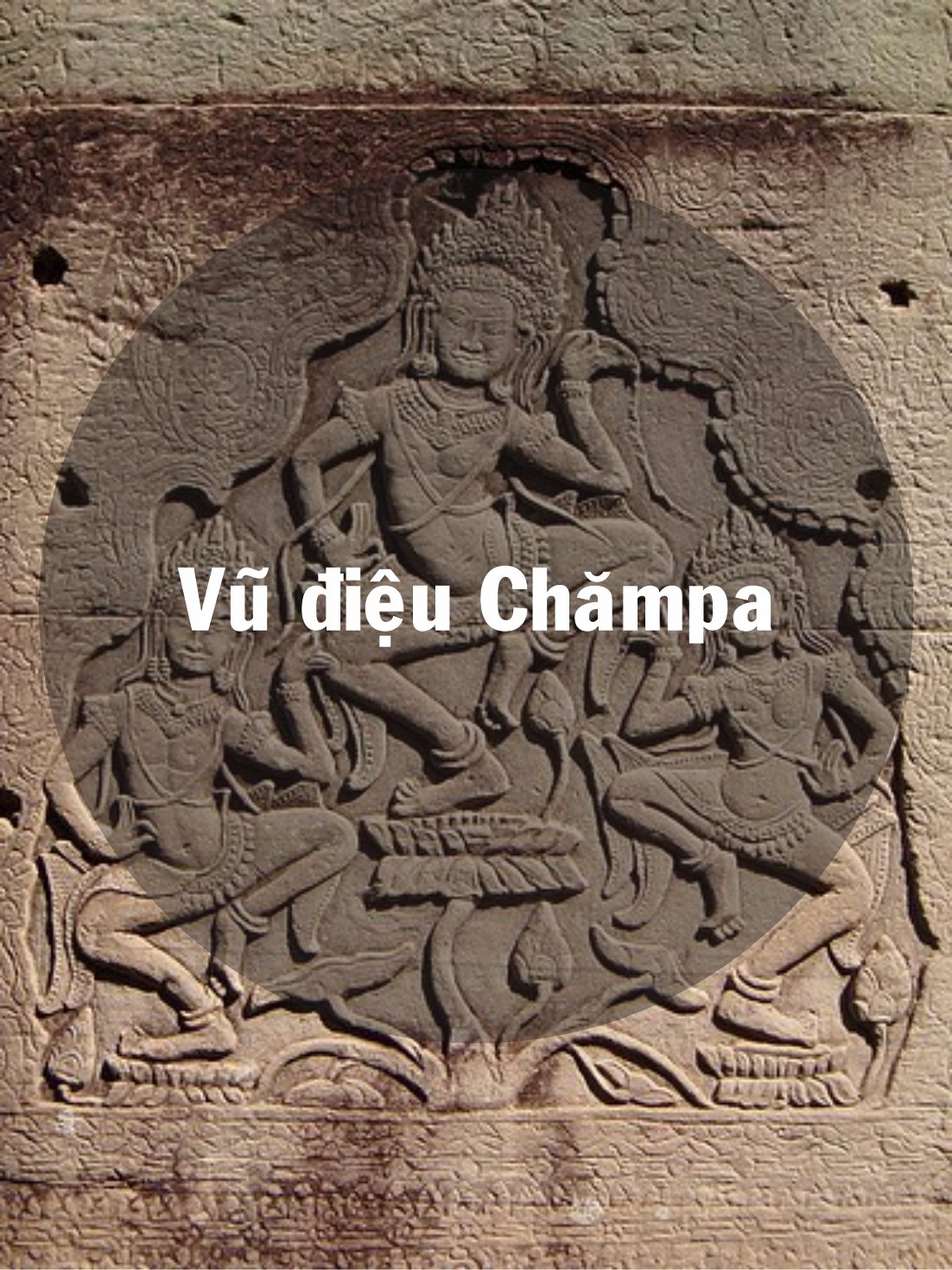





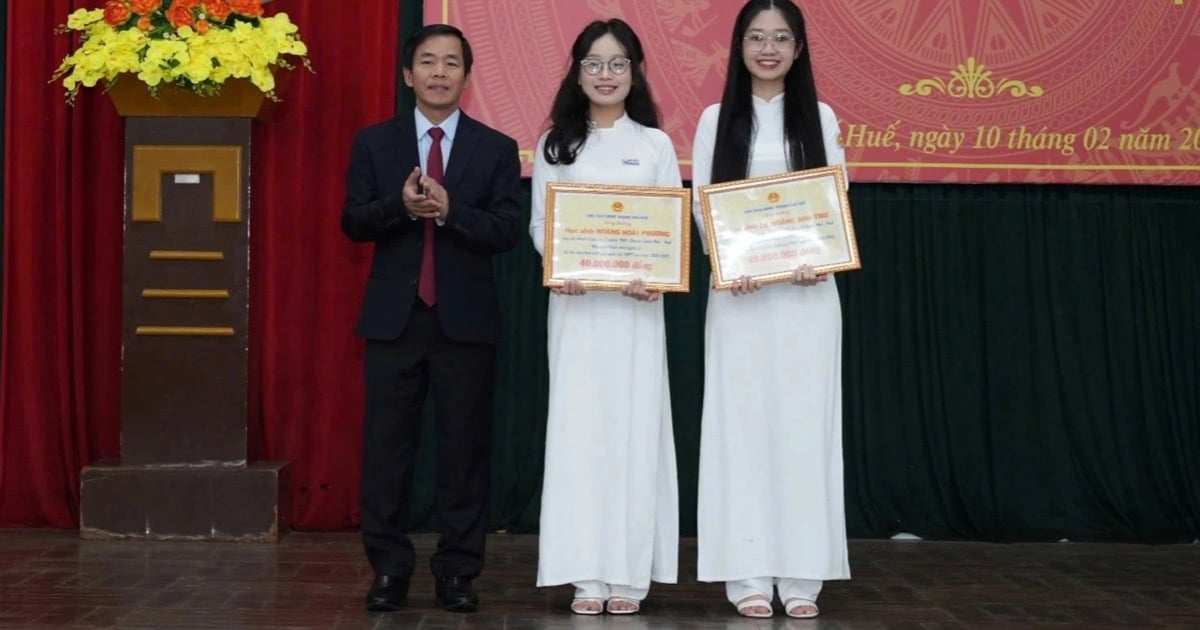
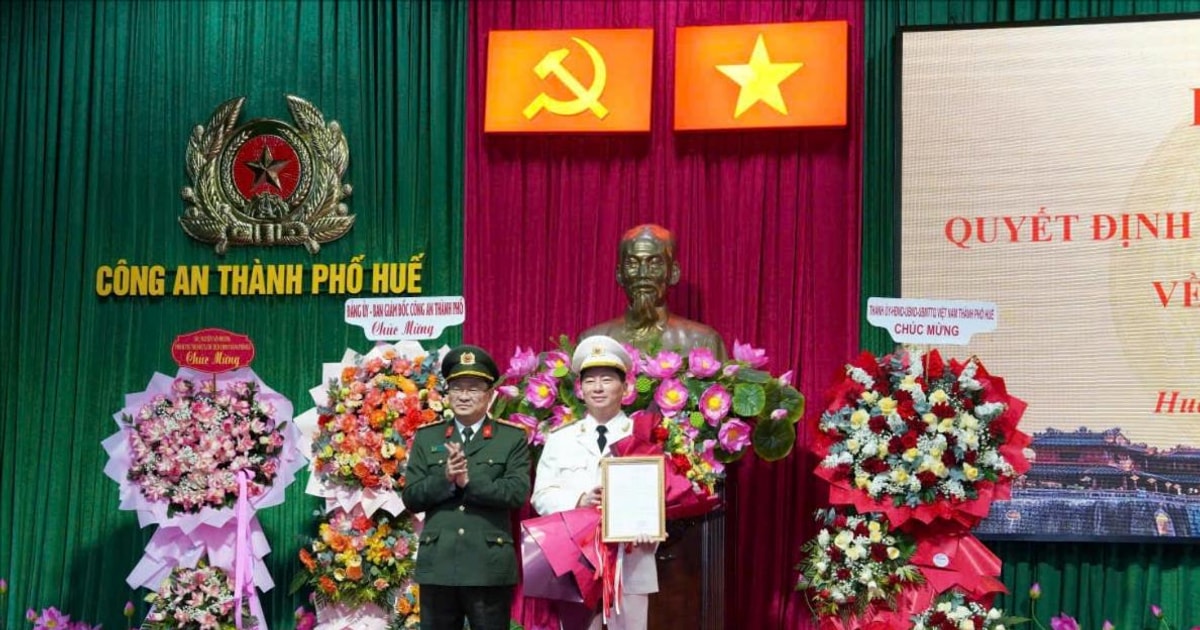

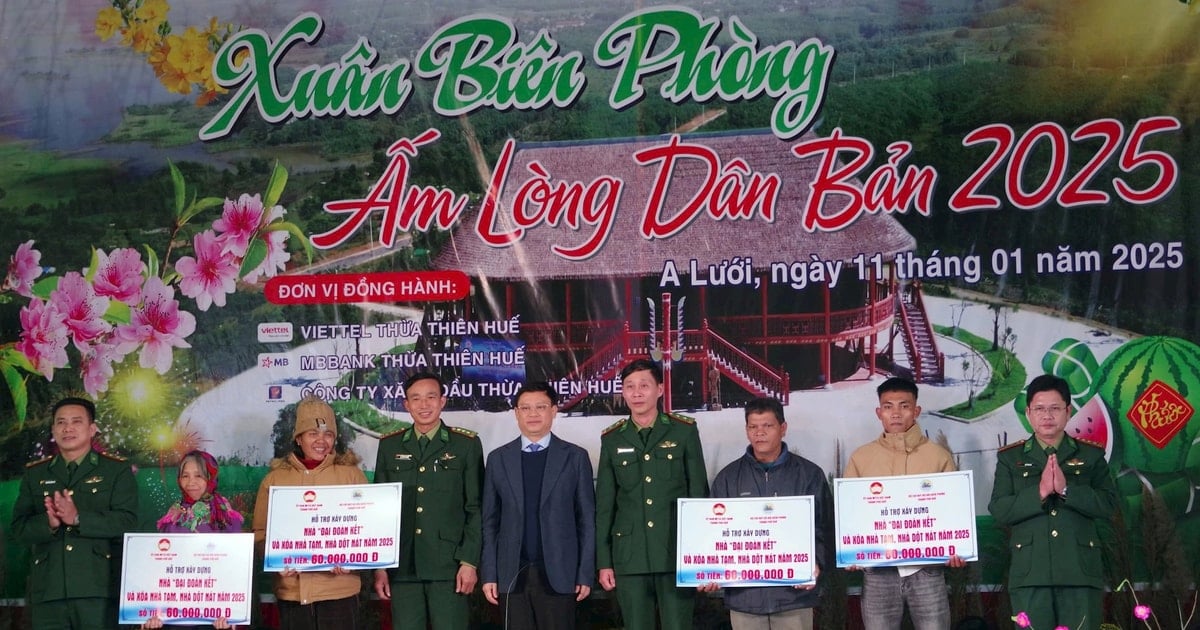
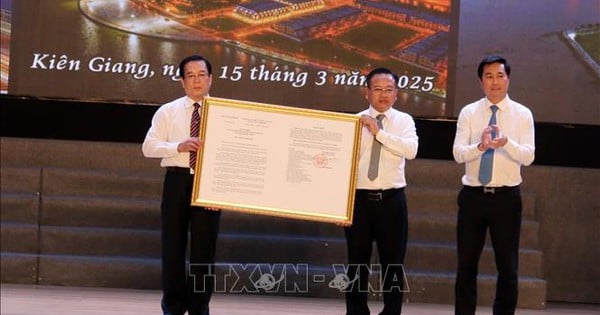

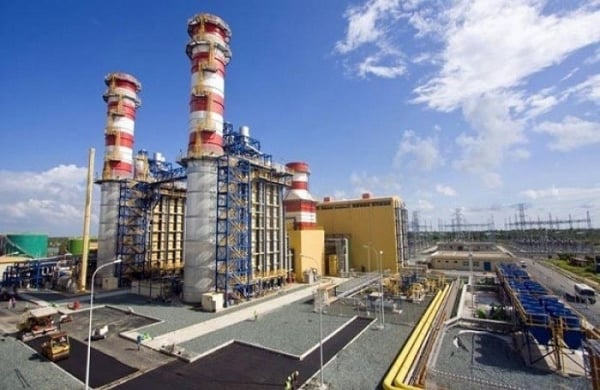

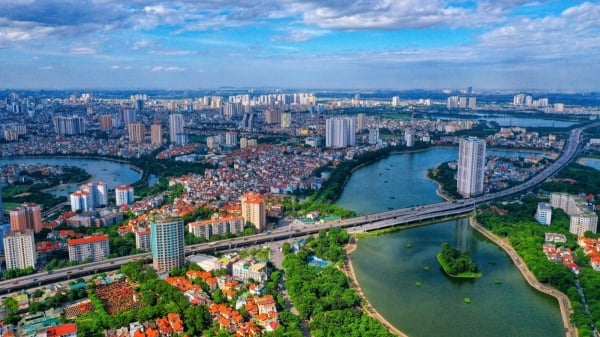

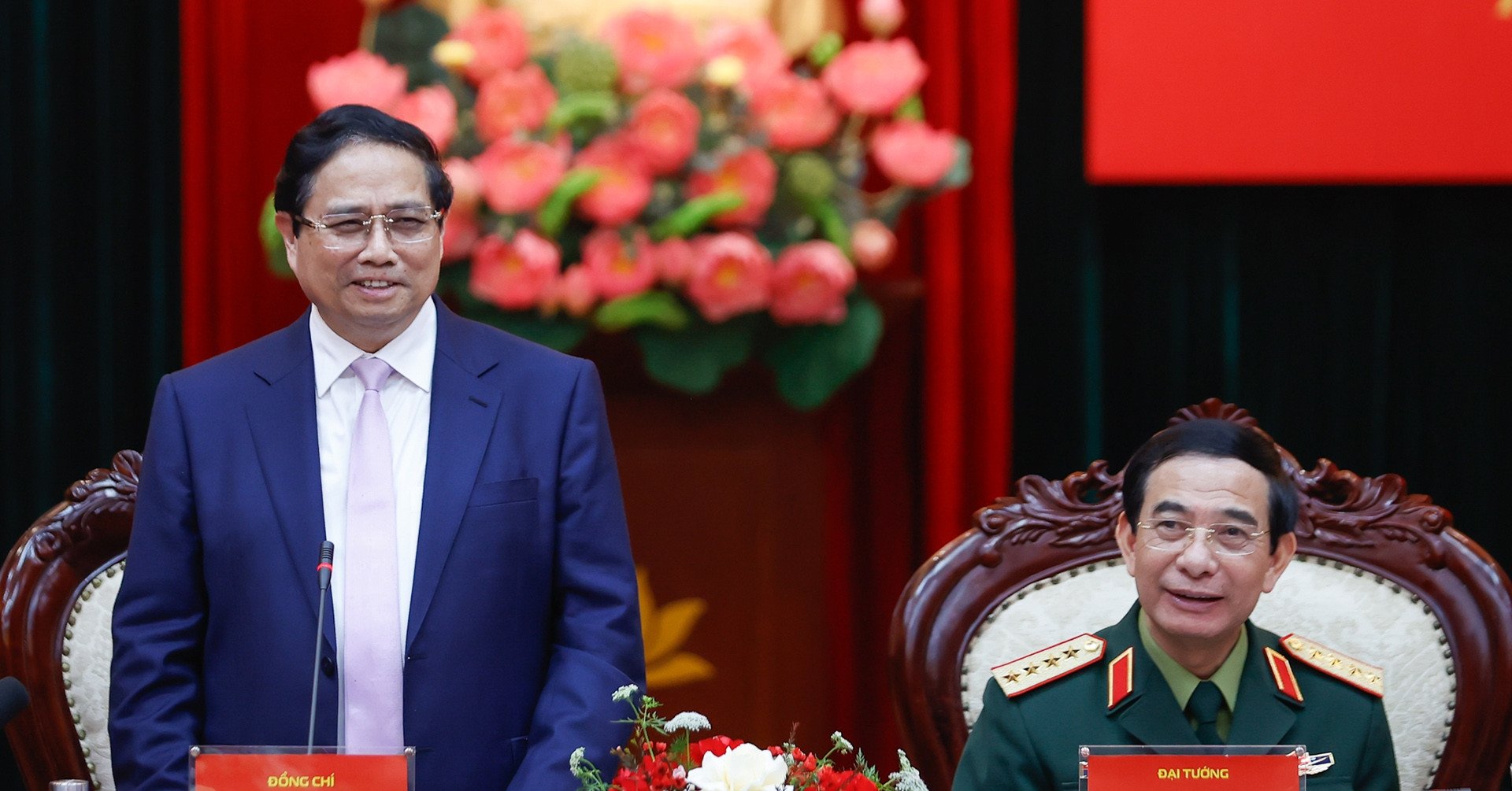




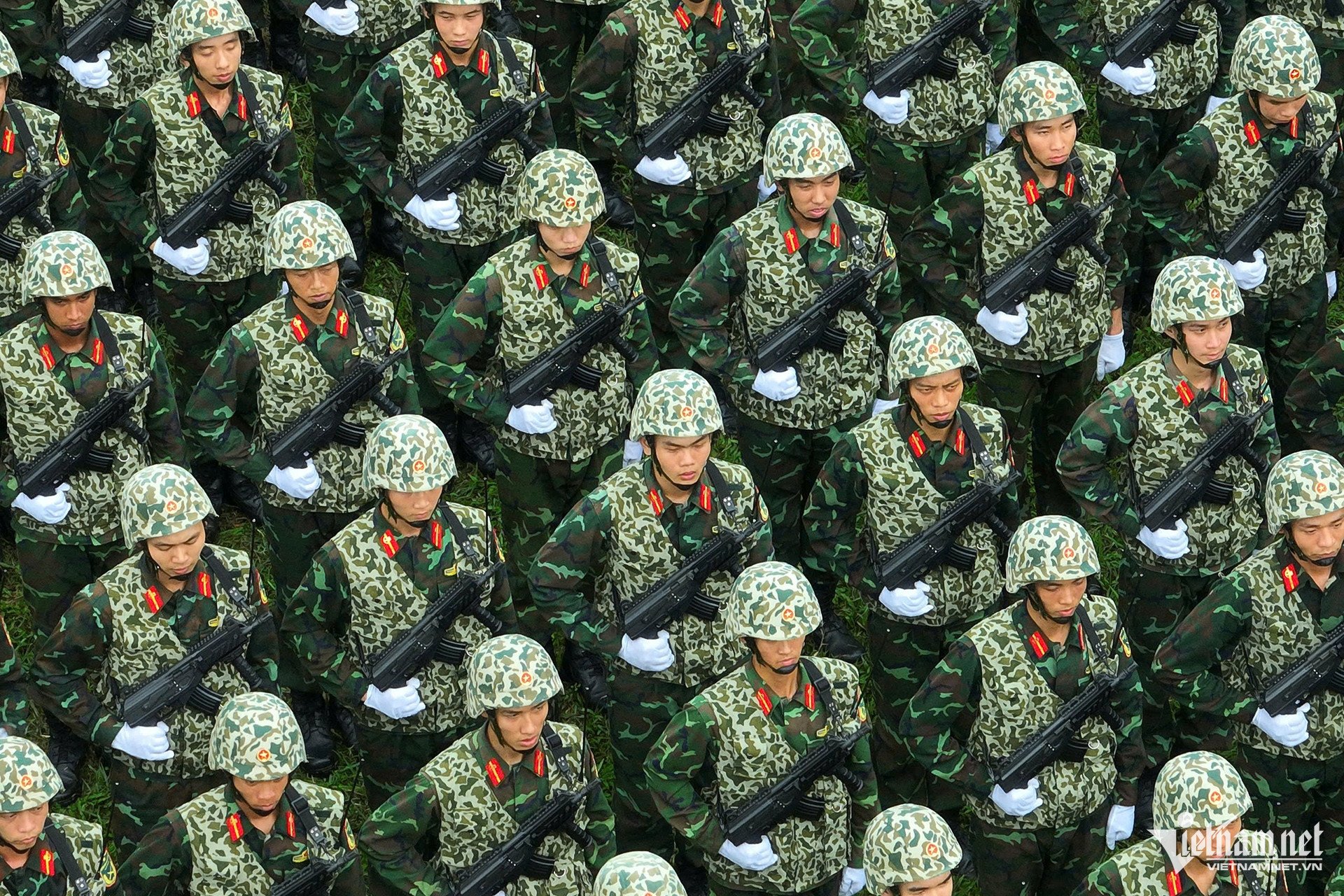




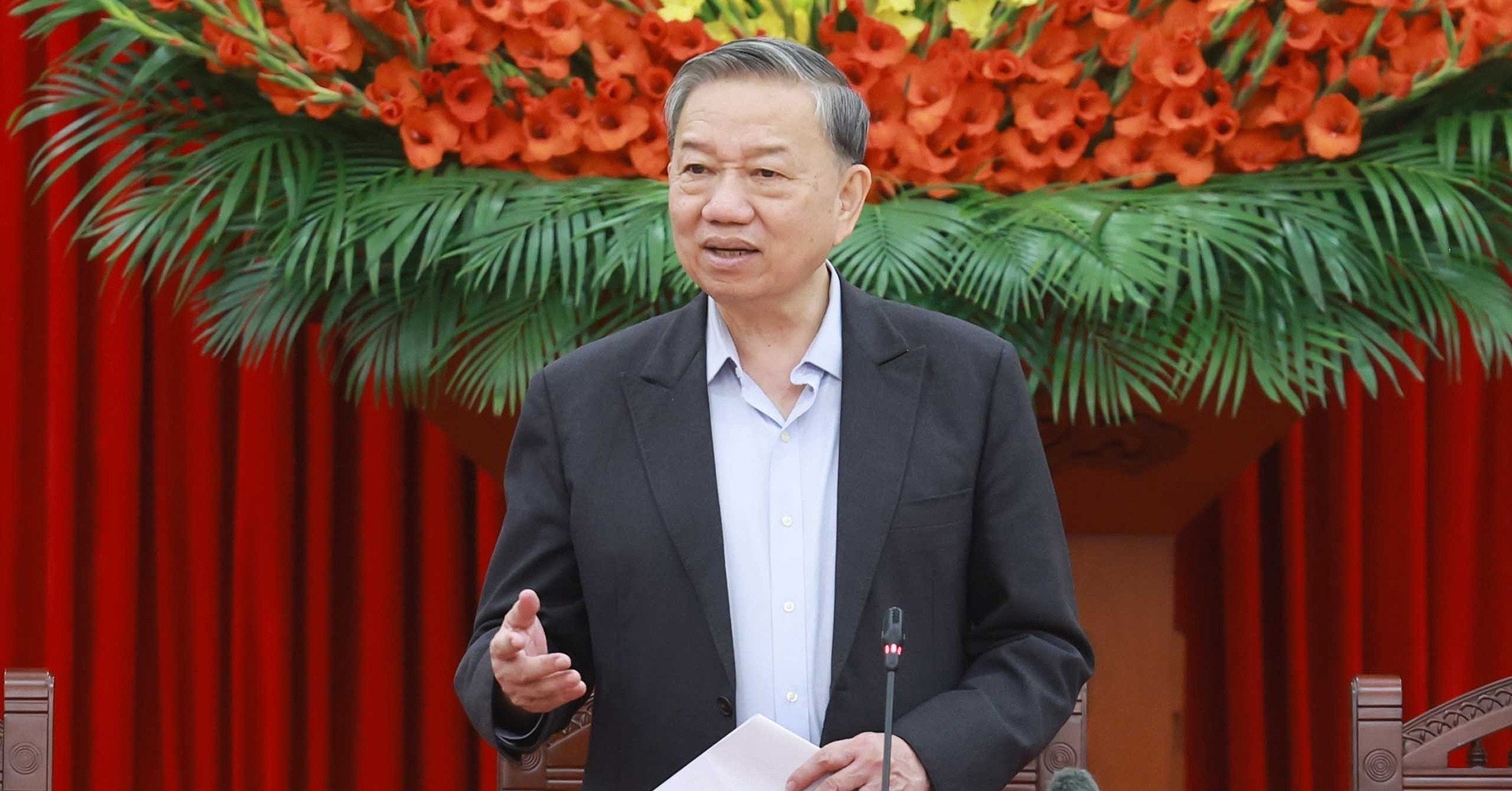











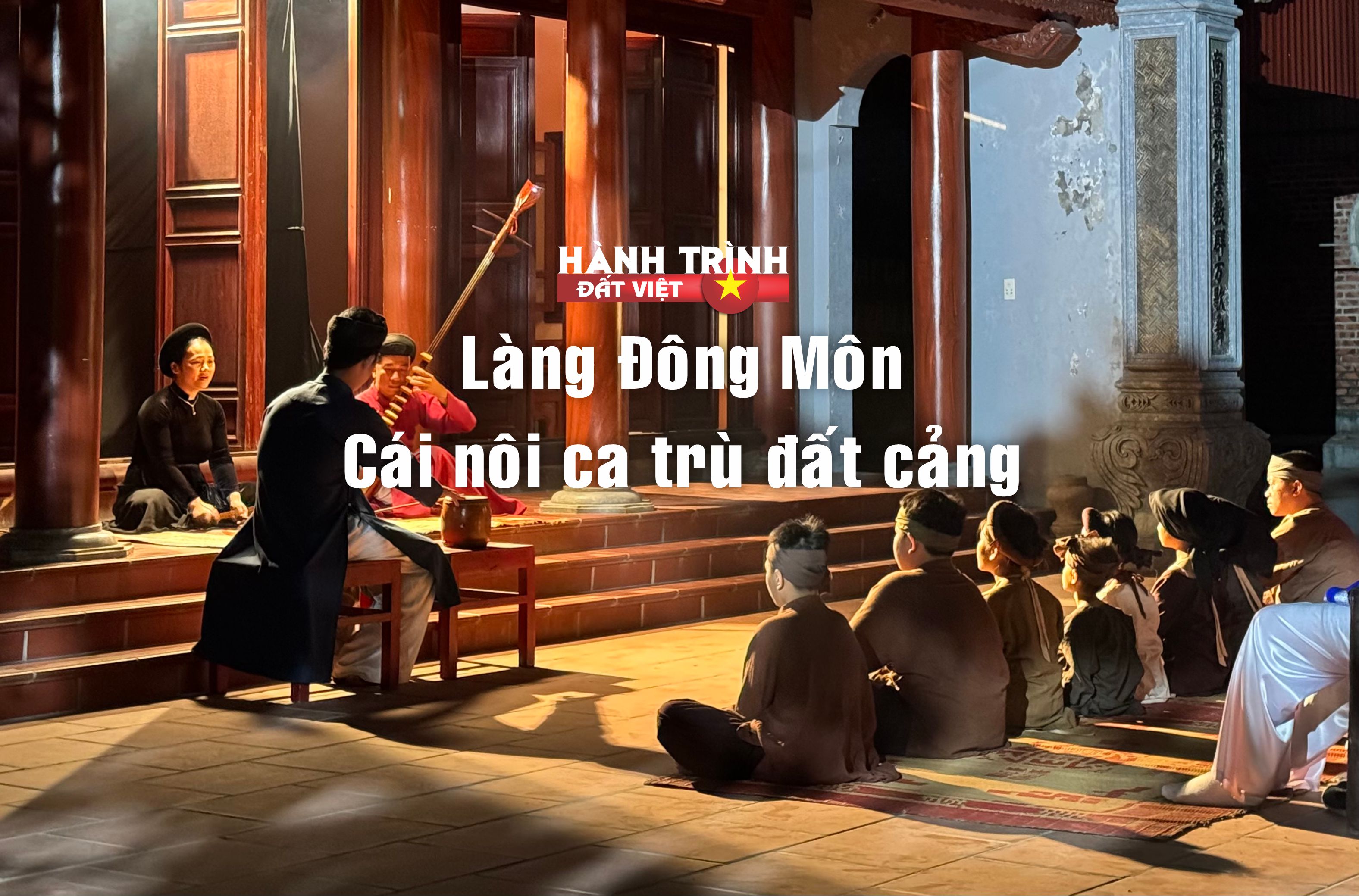
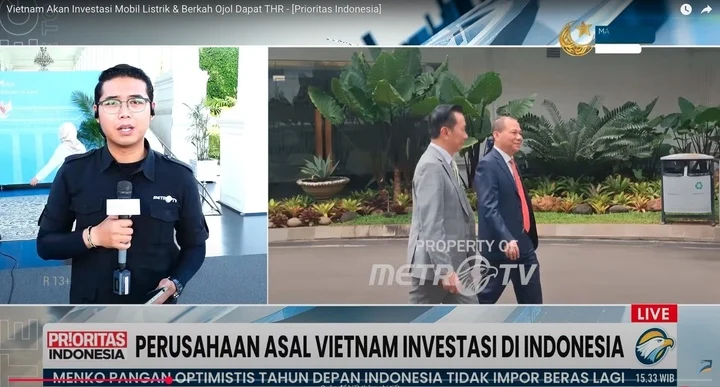

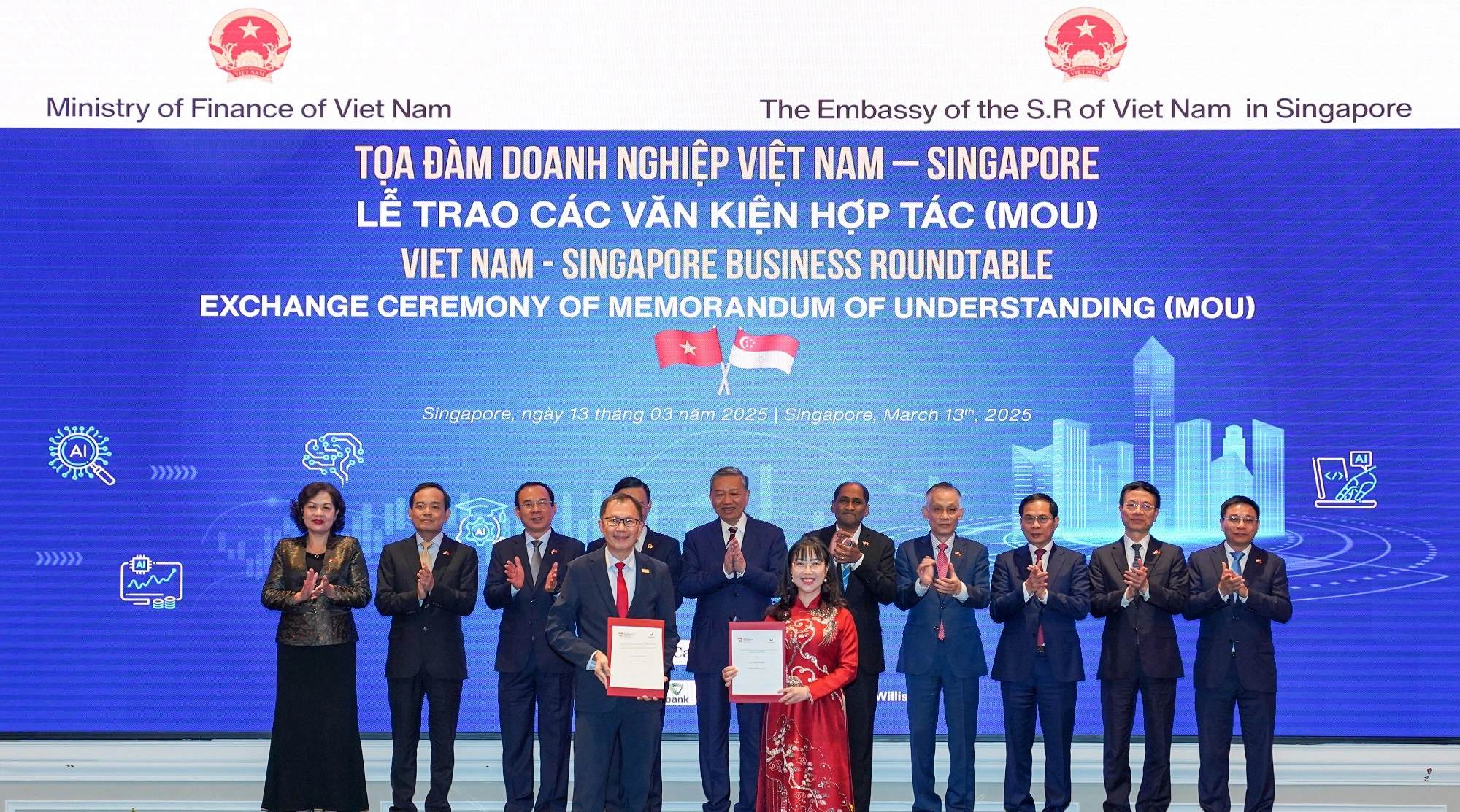

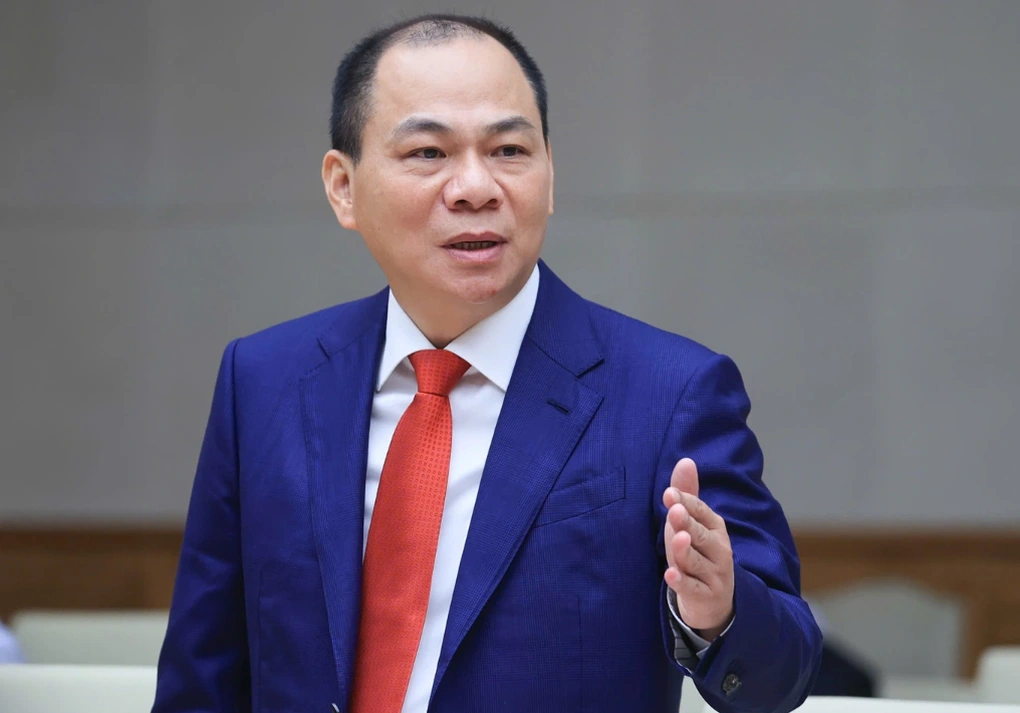

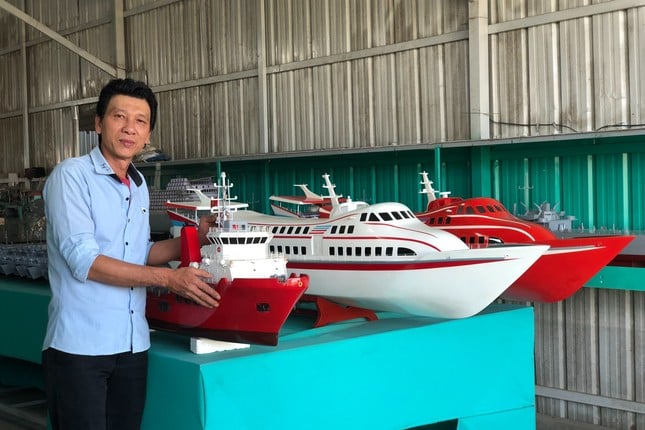

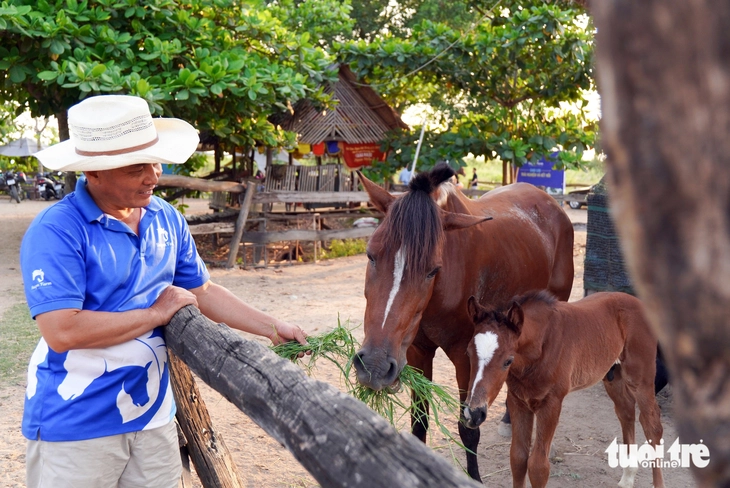
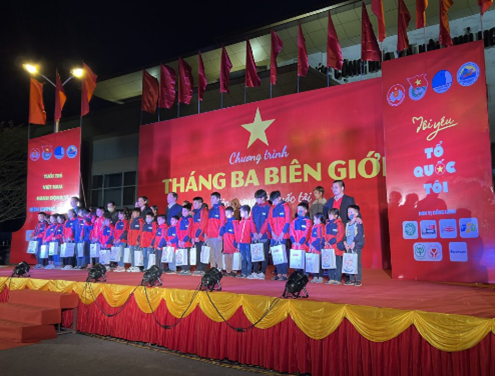




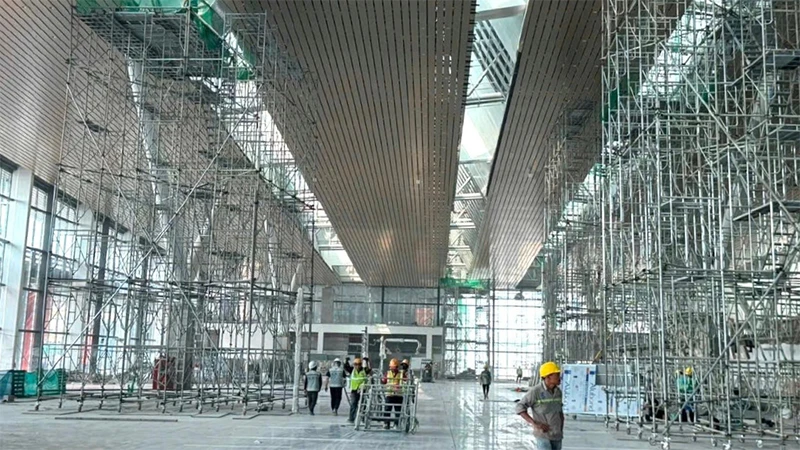







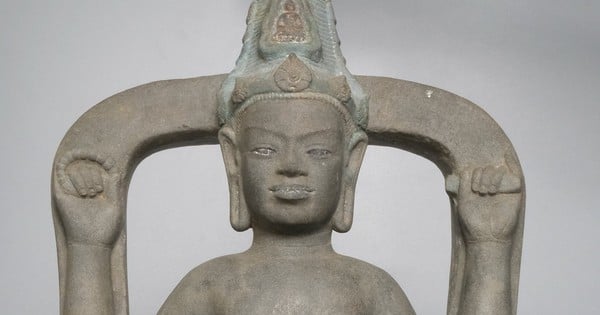



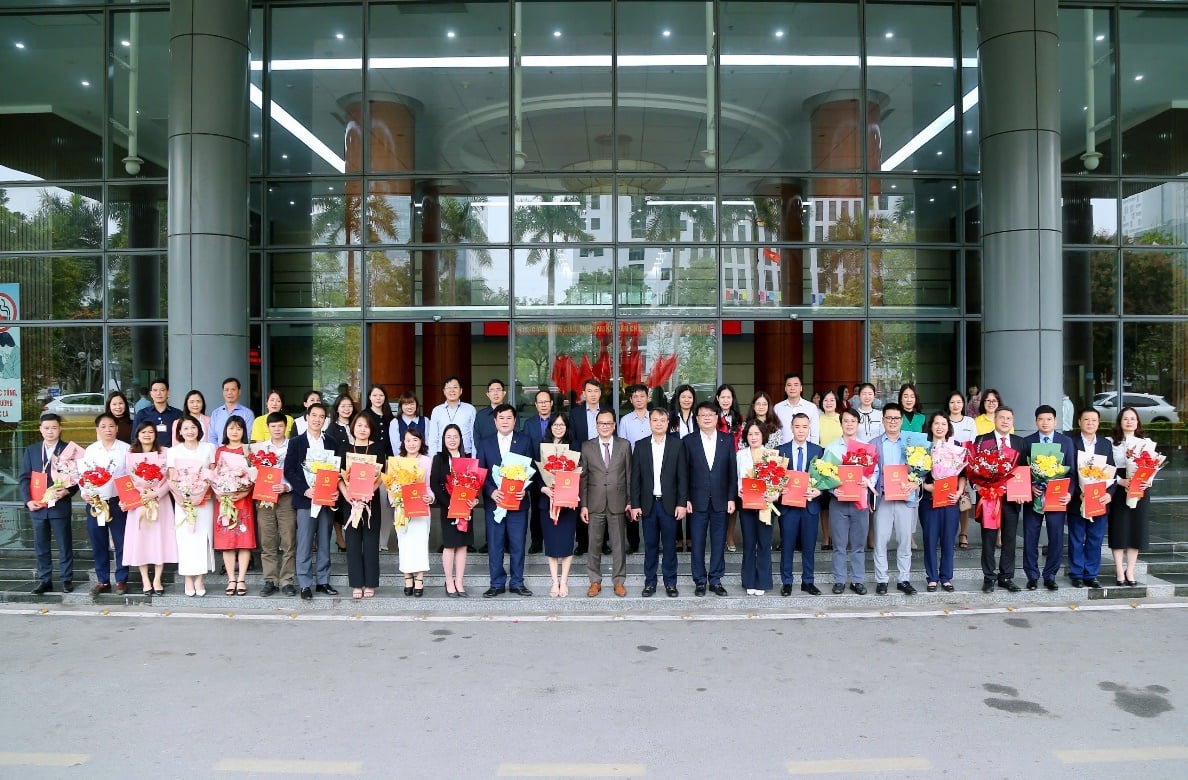


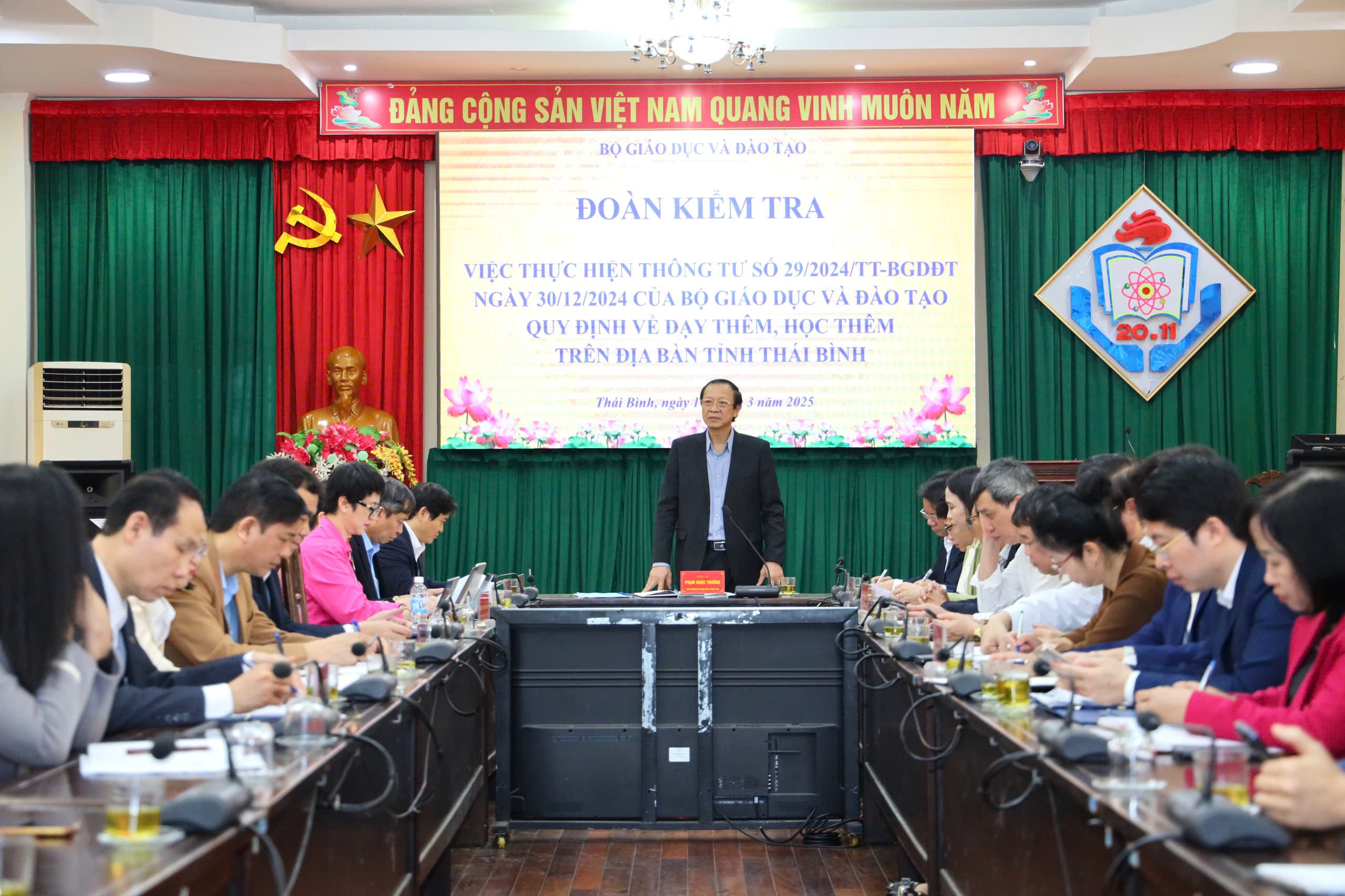



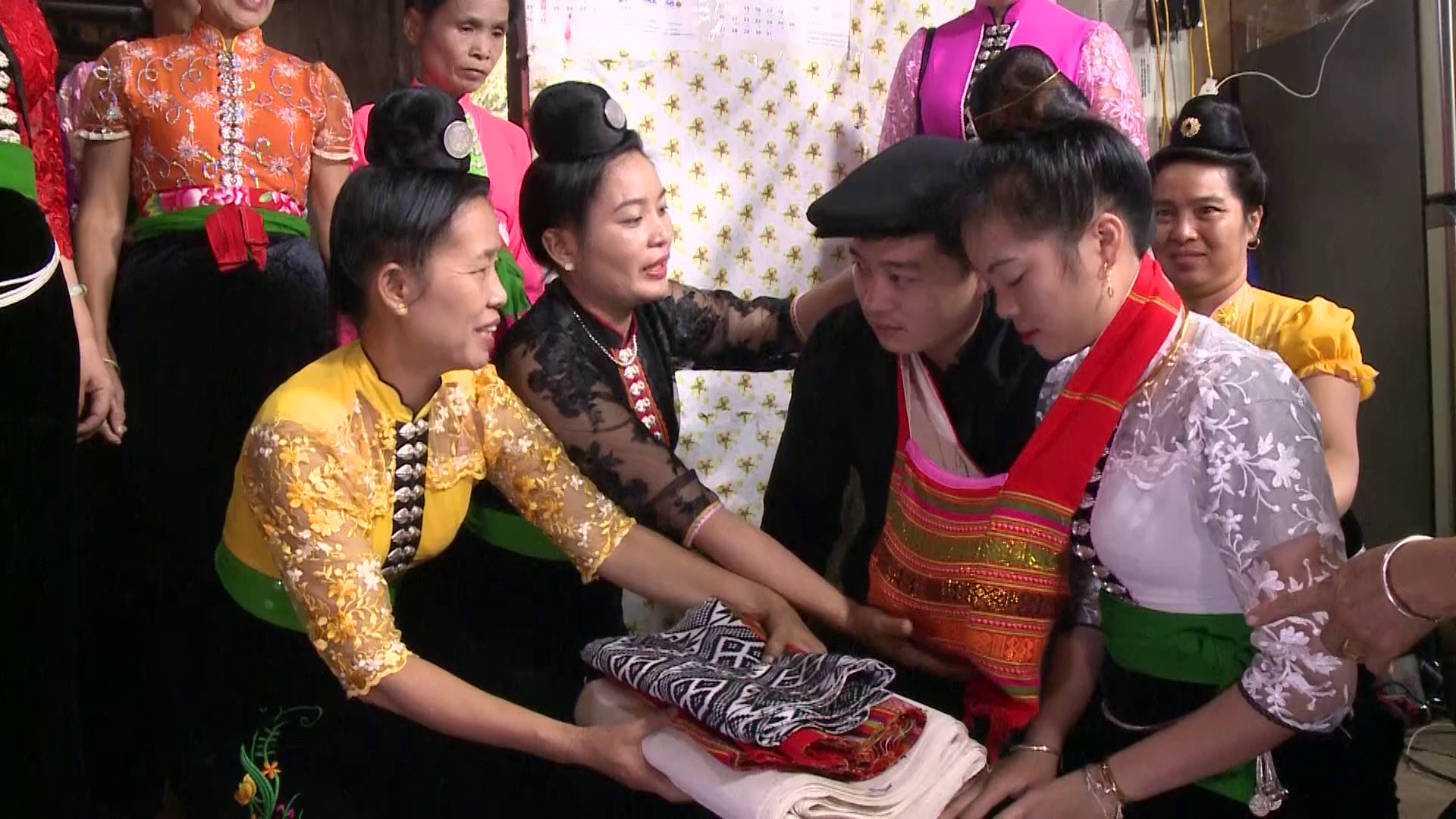

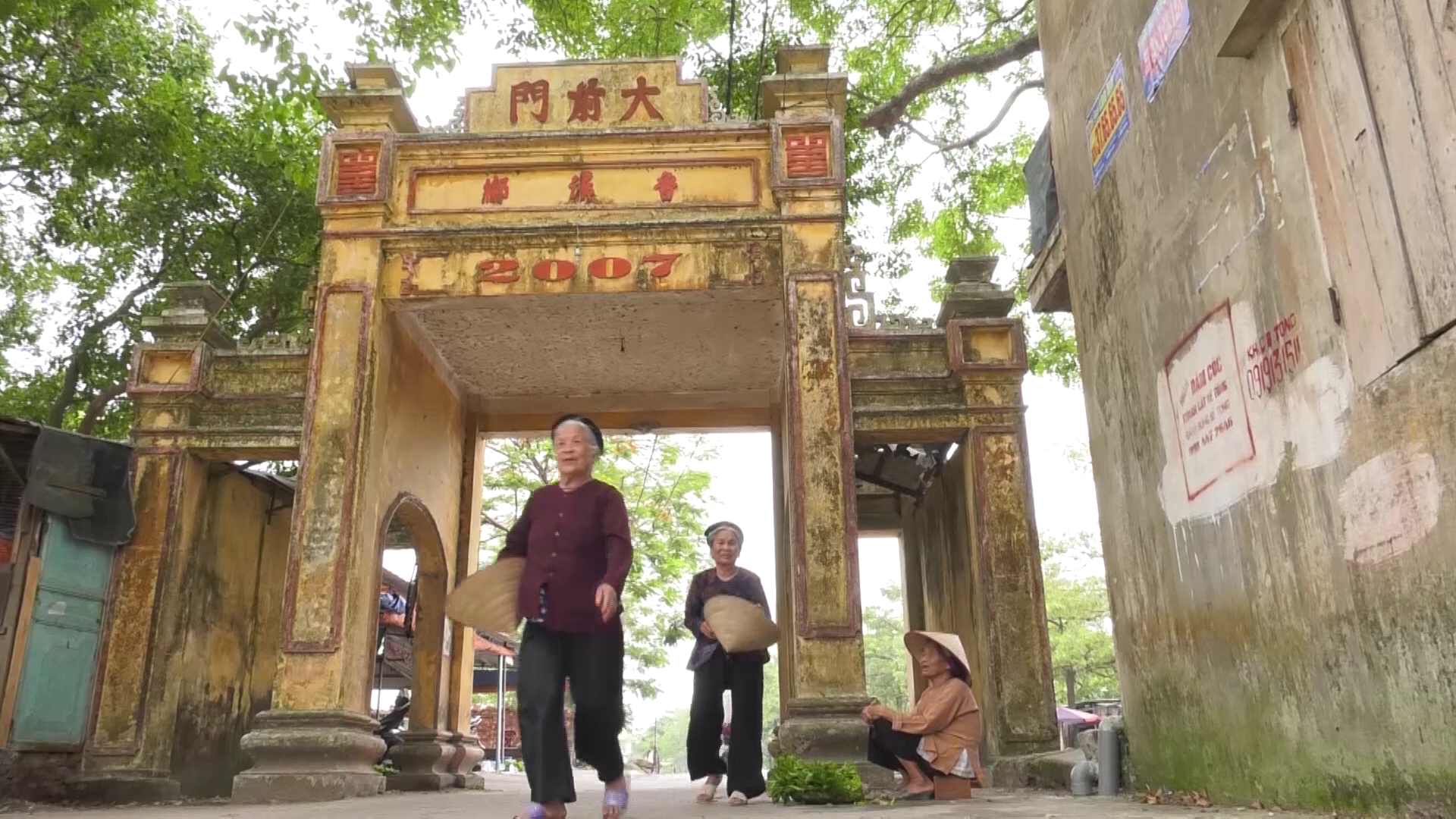

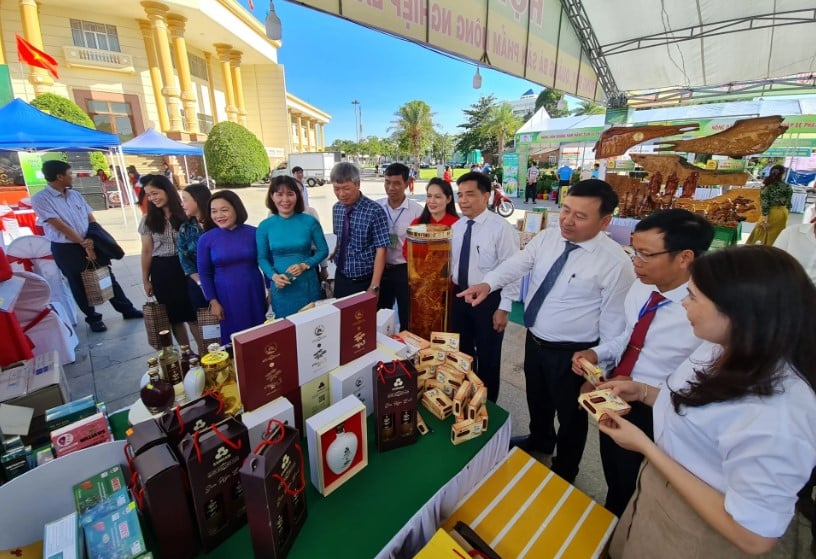








Comment (0)